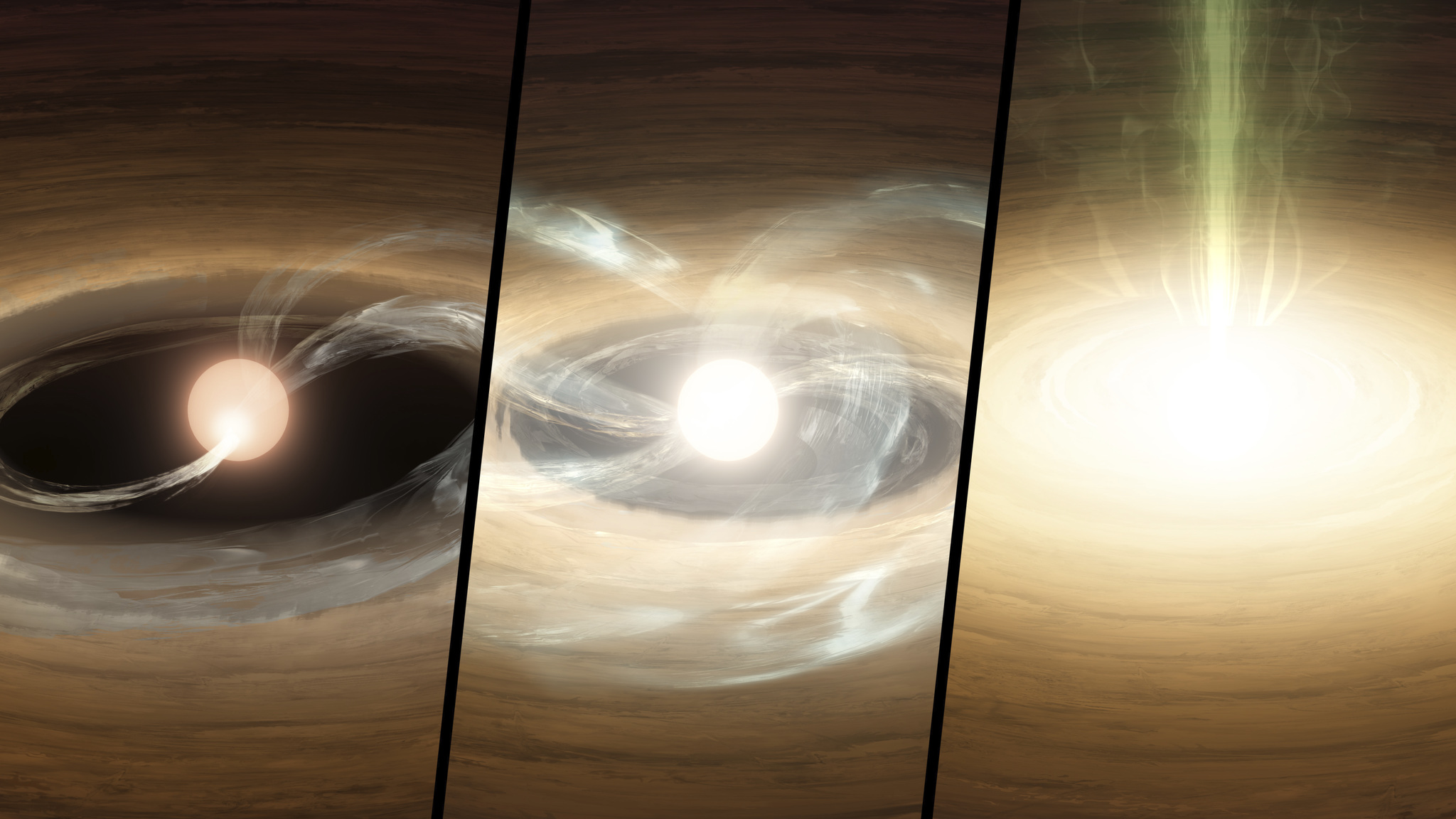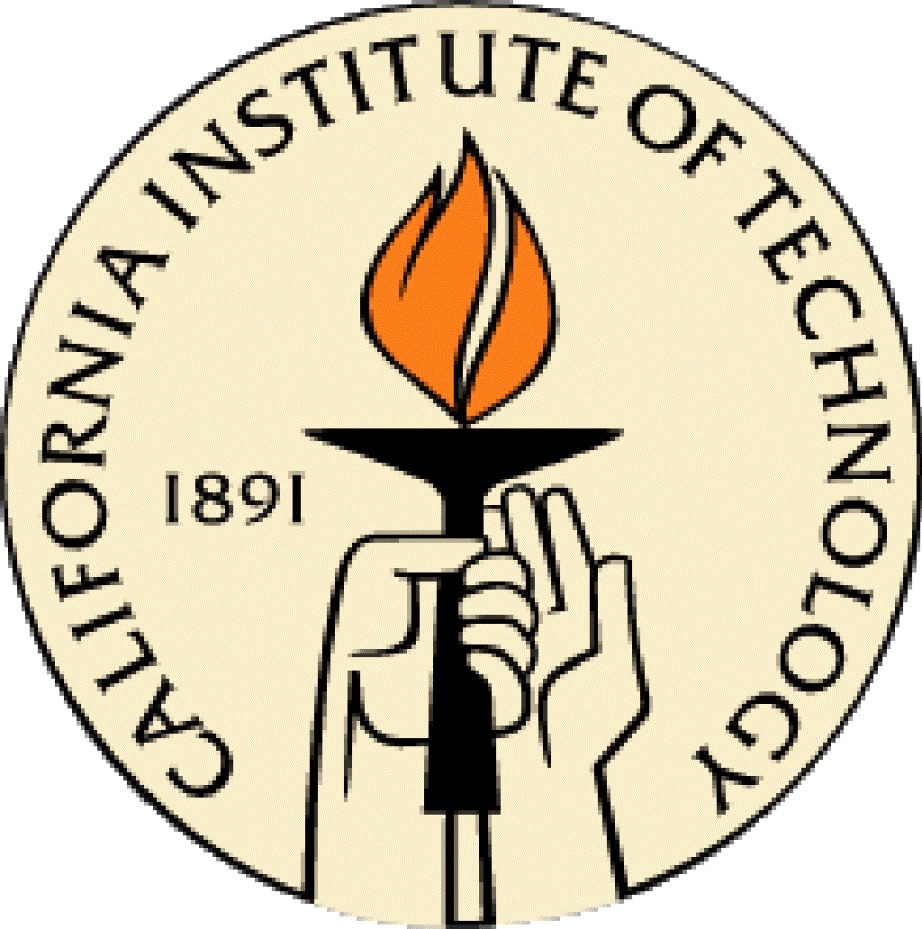Advisees
I have mentored close to 100 undergraduate and graduate students in research, as well as advised tens of postdoctoral scholars on their research programs.
Postdoctoral Scholars
I have been lucky to be able to collaborate with many capable and independent postdoctoral researchers over the years.Since 2001, I have supervised and/or mentored the following Caltech postdoctoral scholars.
- Luke Bouma (2021-2024 - 51 Peg Fellow)
- Jessica Spake (2021-2024 - 51 Peg Fellow; informal mentor)
- Min Fang (2019-2020, now faculty at Purple Mountain Observatory)
- Michael Kuhn (2018-2022, now faculty at Hertfordshire)
- Erik Petigura (2016-2018 - Hubble Fellow, informal mentor, now faculty at UCLA)
- Adric Riedel (2015-2017, now staff at STScI)
- Brendan Bowler (2012-2015, GPS Fellow, informal mentor, now faculty at U. Texas)
- Nairn Baliber (2010-2016, now in industry)
- Scott Gregory (2010-2012, now faculty at Dundee)
- Sasha Hinkley (2009-2015 - Sagan Fellow, NSF Fellow - now faculty at Exeter)
- Justin Crepp (2009-2012, now faculty at Notre Dame)
- Jessica Lu (2008-2011 - Millikan Fellow, now faculty at UCB)
- Kelle Cruz (2007-2009 - NSF Fellow, now faculty at Hunter College)
- Gregory Herczeg (2005- 2008, now faculty at KIAA Beijing)
- Scott Dahm (2005-2008 - NSF Fellow, now deputy director of Gemini Observatory)
- Russel White (2002-2005, now faculty at Georgia State U.)
- Sebastian Wolf (2002-2004, now faculty at U. Kiel)
Graduate Students
I have worked directly with about 15 different Caltech graduate students and 3 more studying at other institutions.Since 2001, the following students have pursued their Caltech Ph.D.s under my supervision.
- Adolfo Carvalho (fall 2020 - present)
- Trevor David (2017 PhD, postdoc at JPL then CCA/Flatiron, now in industry)
- Krzysztof Findeisen (2014 PhD, now staff at LSST)
- Ann Marie Cody (2011 PhD, now staff at NASA/Ames Research Center)
- Adam Kraus (2009 PhD, now faculty at U. Texas)
- Francis O’Donovan (2007 PhD, postdoc at GSFC, now in software industry – jointly supervised with D. Charbonneau)
- Catherine Slesnick (2007 PhD, Carnegie Fellow at DTM, now at Lincoln Labs)
- Joshua Eisner (2005 PhD, now faculty at Arizona);
- Stanimir Metchev (2005 PhD, now faculty at Western Ontario).
Undergraduates
I generally work only with Caltech undergrad students in research, whether during the term or over the summer, though I have had several exceptional students from other institutions come for SURF/WAVE projects when our research interests align.
For research during the academic year, I have a projects that are a mix of data processing and data analysis that would interest Ay and some Ph students; for these I prefer students who have already taken Ay 20. I also have some pure-coding projects that are suitable for CS students, for example in database front-end and back-end development. Please email me if you are interested in research for course credit, work-study, or on a volunteer basis.
Since 2001 I have worked with approximately 45 different Caltech undergraduate students as well as 7 from other schools.
High School Students
There are a few high school students with whom I have worked on small projects. If this might be you, please read the following for general background on young stars, and see my research page for further information.
Here is a dictionary definition of a lower mass "T Tauri Star" with the higher-mass counterparts known as "Herbig Ae/Be stars":
Observational properties. A young star characterized by variability, the presence of hydrogen emission lines, and often other signatures of circumstellar gas and dust including bright x-ray, ultraviolet, infrared, and radio emission. T Tauri stars are named after a variable star in the constellation Taurus that exhibits particularly strong hydrogen lines as well as strong ``excess continuum" over a broad range of wavelengths. The association of T Tauri stars with dark cloud regions on the sky is more than coincidental. Stars are formed by the gravitational collapse of dense areas of interstellar material and the young T Tauri stars are identified with the earliest phase of stellar evolution during which stars emerge from their natal molecular cloud cores to become detectable at visible wavelengths. Before this stage they are said to be ``embedded" in the obscuring gas and dust. T Tauri stars with very strong emission lines are designated ``classical T Tauri stars" while their counterparts with reduced hydrogen emission are known as ``weak-line T Tauri stars."
Young age. Several lines of evidence confirm the extreme youth of T Tauri stars. They are located in star forming environments typically within or near dark clouds of gas and dust. Born together in aggregates, associations, or even clusters, these groups of T Tauri stars have stellar densities that are too low to have withstood disruption by galactic tides for more than a few times their age. At present they are bound together gravitationally but only temporarily by the mass of their parent molecular cloud. As expected from much younger versions of our own Sun, T Tauri stars exhibit high variability in x-rays that measure emission from a strong and active corona, and at ultraviolet and optical wavelengths that similarly measure chromospheres. The luminosities and surface temperatures of T Tauri stars place them above the zero-age main sequence on the Hertzsprung-Russell diagram, with positions that are consistent with those of young stars prior to the onset of nuclear fusion of hydrogen near their centers. Evolutionary models of the gravitational contraction during this ``pre-main sequence" stage indicate stellar ages between 10^5 and 10^7 years. During this early stage T Tauri stars also exhibit strong lithium absorption lines which are an indicator of youth since lithium is a light element that is rapidly mixed down to interior regions of the star where it is consumed nuclear reactions.
Emission lines and accretion/outflow. The level of "activity" in T Tauri stars is even higher than the enhanced levels expected for their young age and is attributed to circumstellar disks, accretion, and outflow. The presence of dynamically flowing gas is implied by broadening of strong emission lines in the spectra of classical T Tauri stars. Comparison with theoretical simulations reveals that the high-velocity wings of observed spectral lines result mostly from the gas that is falling directly onto the star, although some features result from the accompanying winds and jets. These inflow and outflow processes are fueled by the coupling of accreting disk material to a rotating stellar magnetosphere. Material leaves the disk plane close to the star and travels along magnetic field lines in a "funnel flow." Some material is channeled along closed field lines towards the stellar photosphere where it causes a shock and thus some of the x-ray, ultraviolet, and optical emission, while some is flung out of the system along open field lines to appear as bipolar jets. Classical T Tauri stars thus resemble more exotic accretion-jet systems, such as accreting white dwarf stars, pulsars, and black holes at the center of active galactic nuclei where the origin of the accreting material is in a circumstellar disk.
Excess continuum emission and circumstellar disks.The existence of circumstellar dust disks around classical T Tauri stars is established by observations of long-wavelength emission at infrared (micrometer) through radio (millimeter and centimeter) wavelengths. The sources are much brighter than the expected stellar photospheric values which have an essentially blackbody spectrum. Instead, the observed spectral distribution of radiation coincides with that of a dusty disk with temperatures that decrease with disk radius surrounding the star. The disks have masses from 0.01 to 10% of the mass of the Sun, sizes of about 100 astronomical units (1.5 × 10^10 km), and constituent dust grains (1 x 10^-6 m) that are evolved from those in the interstellar medium in terms of both their size and composition. Imaging at high spatial resolution has resolved these disks in many cases at multiple wavelengths. Scattered light images obtained with the Hubble Space Telescope and ground-based telescopes such as Keck Observatory reveal the outline of disk surfaces. In addition, gas emission displays the Doppler signature of a disk that is rotating in accord with Kepler's laws. Virtually all classical T Tauri stars but far fewer weak-line T Tauri stars have circumstellar disks. The relative detection rates indicate that the disks evolve on short timescales -- within a few million years -- toward the formation of a planetary system. First the dust grows into large boulders or ``planetesimals" and eventually individual planets and for massive enough bodies the gas is also incorporated to produce ``gas giants" like Jupiter and Saturn. At somewhat later times, small amounts of dust result from the collisions of remaining planetesimals in ``debris disks," having little or no molecular gas. The transitional phase from gas-rich ``protoplanetary" disks to gas-poor planetesimal disks probes an important phase in the formation of planetary systems like our own Solar System. Taken as a whole, the properties, rate of occurrence, and inferred evolution for disks around T Tauri stars provide strong evidence that planet formation is a common by-product of the star-forming process.



